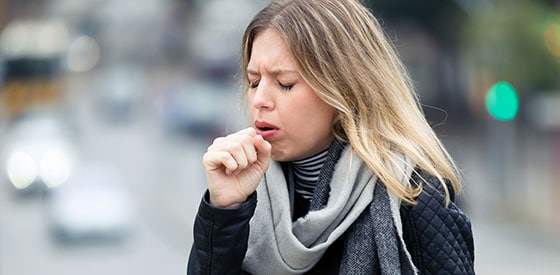What to know
- RSV can spread when an infected person coughs or sneezes, by direct contact with someone who has RSV, or by touching a contaminated surface.
- In most regions of the United States, RSV season generally starts during the fall and peaks in the winter.
- Everyone can take action to help prevent the spread of RSV.

RSV transmission
RSV can spread when:
- A person who has RSV coughs or sneezes near you
- You get virus droplets from a cough or sneeze in your eyes, nose, or mouth
- You have direct contact with the virus, like kissing the face of a child with RSV
- You touch a surface that has the virus on it, like a doorknob, and then touch your face before washing your hands
Anyone can get RSV, but typically most people get RSV for the first time as an infant or toddler. Nearly all children will get RSV before their second birthday. However, repeat infections may occur throughout life.
Who is at risk?
People with RSV are usually contagious for 3 to 8 days and may become contagious a day or two before they start showing signs of illness. However, some infants and people with weakened immune systems can continue to spread the virus for 4 weeks or longer, even after they stop showing symptoms. Children are often exposed to and infected with RSV outside the home, such as in school or childcare centers. They can then transmit the virus to other members of the family.
RSV can survive for many hours on hard surfaces, such as tables and crib rails. It typically lives on soft surfaces, such as tissues and hands, for shorter amounts of time.
How to prevent spread
Everyone can take actions to help reduce the spread of RSV and other respiratory viruses.
- Practice good hygiene by covering your coughs and sneezes, washing or sanitizing your hands often, and cleaning frequently touched surfaces.
- Take steps for cleaner air, such as bringing in fresh outside air, purifying indoor air, or gathering outdoors.
- Stay home and away from others when you are sick.
You can also use additional tools like masks, physical distancing, and testing.
When is RSV season?
In most regions of the United States and other areas with similar climates, RSV season generally starts during fall and peaks in the winter. The timing and severity of RSV season in a given community can vary from year to year.
Over the course of each fall and winter respiratory virus season, RSV reaches all corners of the continental United States. For these reasons, it is important to be aware of local RSV activity in your area.
